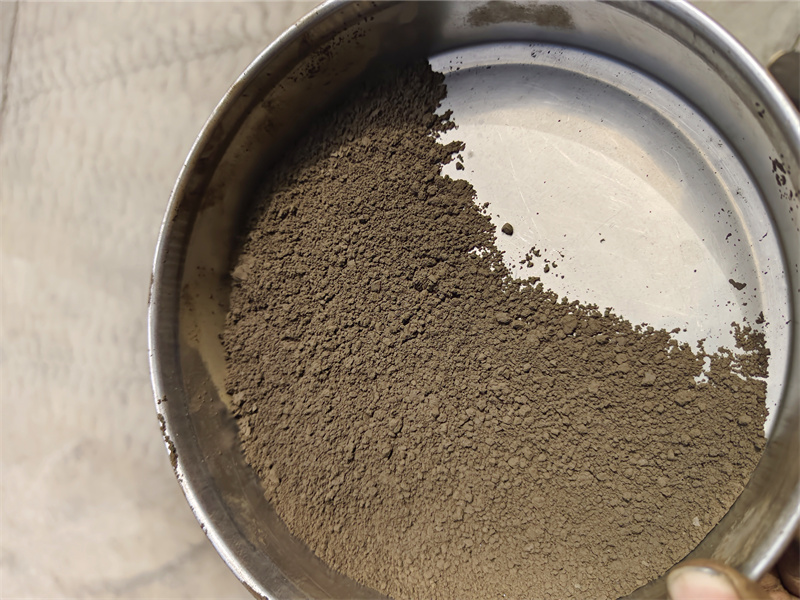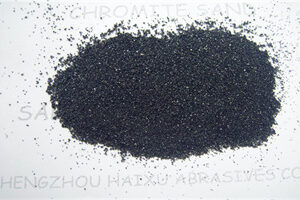The role of chromite powder in frit, glaze, pigment and ink in ceramic and glass industry

The role of chromite powder in ceramic and glass industry
I. Preparation of frit
High temperature stability
Chromite powder can withstand high temperature kiln environment and maintain stable chemical and physical properties in frit preparation due to its melting point of up to 2150°C and sintering temperature of up to 1850°C.
Reduce sintering temperature
Adding chromite powder can significantly reduce the sintering temperature of alumina-based ceramics (such as from 1700°C to about 1520°C), thereby shortening the production cycle and reducing energy consumption.
2. Preparation of glaze
Color presentation and aesthetics
As a glaze additive, the chromium element (Cr₂O₃) in chromite powder can give the ceramic surface a metallic luster and rich colors such as green and blue, thereby improving the aesthetics of the product. Performance optimization
Enhance the hardness and wear resistance of glazes and extend the service life of ceramic products;
Improve the thermal shock stability of glazes, making them less likely to crack or deform in high temperature environments;
Reduce the activation energy of glaze crystallization and improve the quality stability of low-end ceramics.
3. Pigment preparation
Natural green mineral pigments
Chromite powder is directly used as a green pigment, suitable for coloring ceramic glazes, glass containers (such as green beer bottles) and artworks, and can present natural colors without chemical synthesis.
Weather resistance and heat resistance
Chromium-based pigments are stable in color during high-temperature firing, and have the characteristics of UV resistance, wind and rain resistance, and are suitable for outdoor or high-temperature scenes.
4. Ink preparation
Color enhancement
Ultrafine chromite powder added to ink can improve the fullness and brightness of printed colors and improve printing effects.
Coating performance improvement
Its high hardness and wear resistance can enhance the scratch resistance of ink coatings and extend the service life of printed products.
Comprehensive application scenario examples
Ceramic industry: Glazes and pigments for colored glazed tiles, artistic ceramics, high-temperature furnace tubes and other products.
Glass industry: As a colorant for green or olive glass bottles. Ink industry: Production of high-stability printing inks suitable for packaging and decorative materials.




















